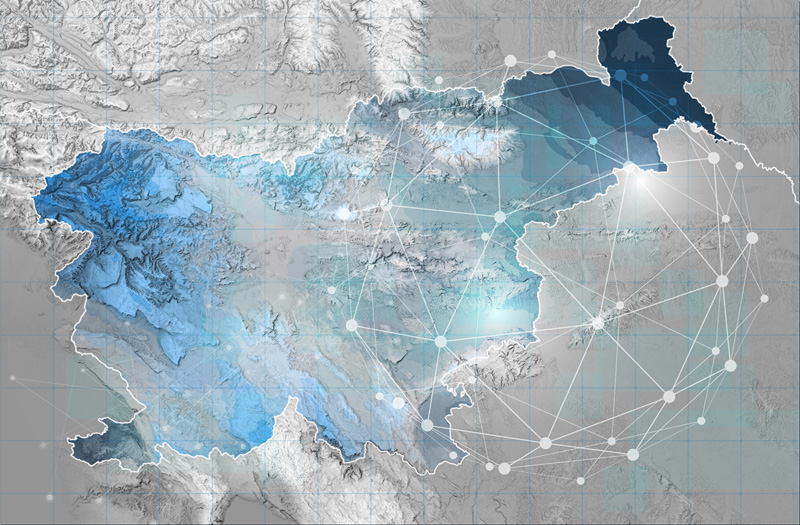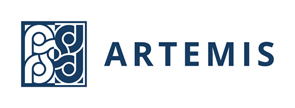Applying Reactive Twins to Enhance Monument Information Systems
Principal Investigator at ZRC SAZU
Benjamin Štular, PhD-
Original Title
Applying Reactive Twins to Enhance Monument Information Systems
-
Acronym
ARTEMIS
Project Team
Edisa Lozić, PhD, Žiga Kokalj, PhD-
ARIS Project ID
101188009
-
Duration
1 January 2025–31 December 2027 -
Lead Partner
-
Project Leader
-
Financial Source
Evropska komisija, HORIZON-INFRA-2024-TECH-01-04

ARTEMIS aims to create a digital infrastructure to support the conservation and restoration of cultural heritage while leveraging the potential of 3D visualization technologies. The project is based on the innovative concept of the Reactive Heritage Digital Twin, a digital replica of real objects that will have a decisive impact on European Research Infrastructures.
ARTEMIS will integrate data management, providing researchers and professionals with access to a vast repository of over four million scientific and technical reports, alongside advanced visualization and simulation techniques. This will enable virtual restoration experiments, allowing experts to test restoration strategies without physically altering heritage assets. While the project primarily targets the scientific and professional community, its ability to simulate and visualize restoration outcomes will also be invaluable for decision-makers to evaluate restoration strategies in advance. Ultimately, the general public will benefit from cost reductions and enhanced heritage preservation, ensuring the transmission of cultural treasures to future generations.
Take part in the survey on digital tools for cultural heritage. The anonymous survey takes 10 minutes.
Complete the survey

ZRC SAZU contributes to the project as a specialist in spatial data. Specifically, our work focuses on developing an alert system for the risk assessment of archaeological sites during natural disasters. Using artificial intelligence, this system will integrate a spatial database of archaeological sites with weather warnings and predictive risk models that we will develop in-house.
The project brings together 22 partners from 12 EU countries, along with two major restoration centres as affiliates. ARTEMIS is led by CNR-INO, an institute of the Italian National Research Council working on optical heritage diagnostics since more than 40 years.

For more information, visit the ARTEMIS project website.